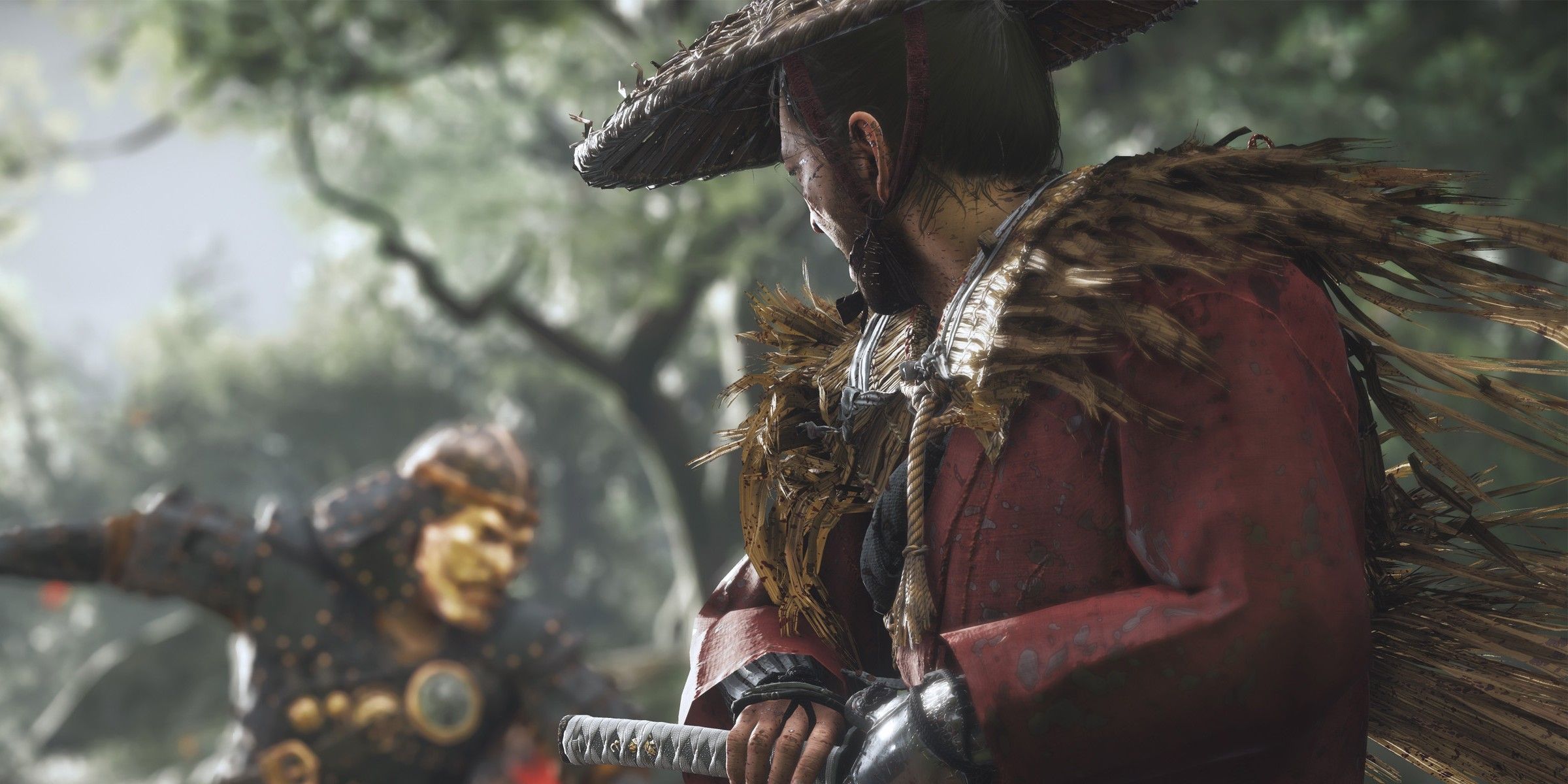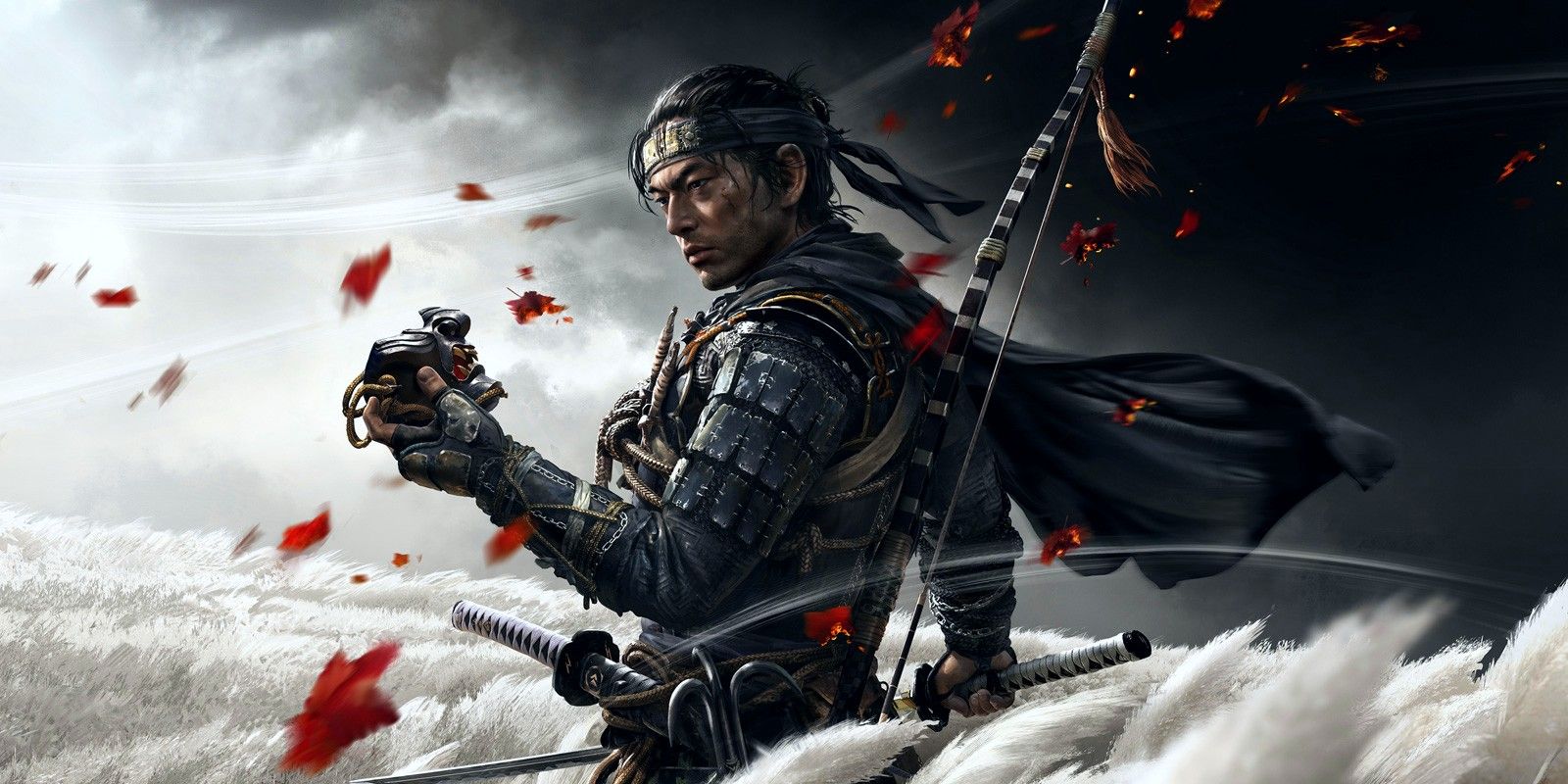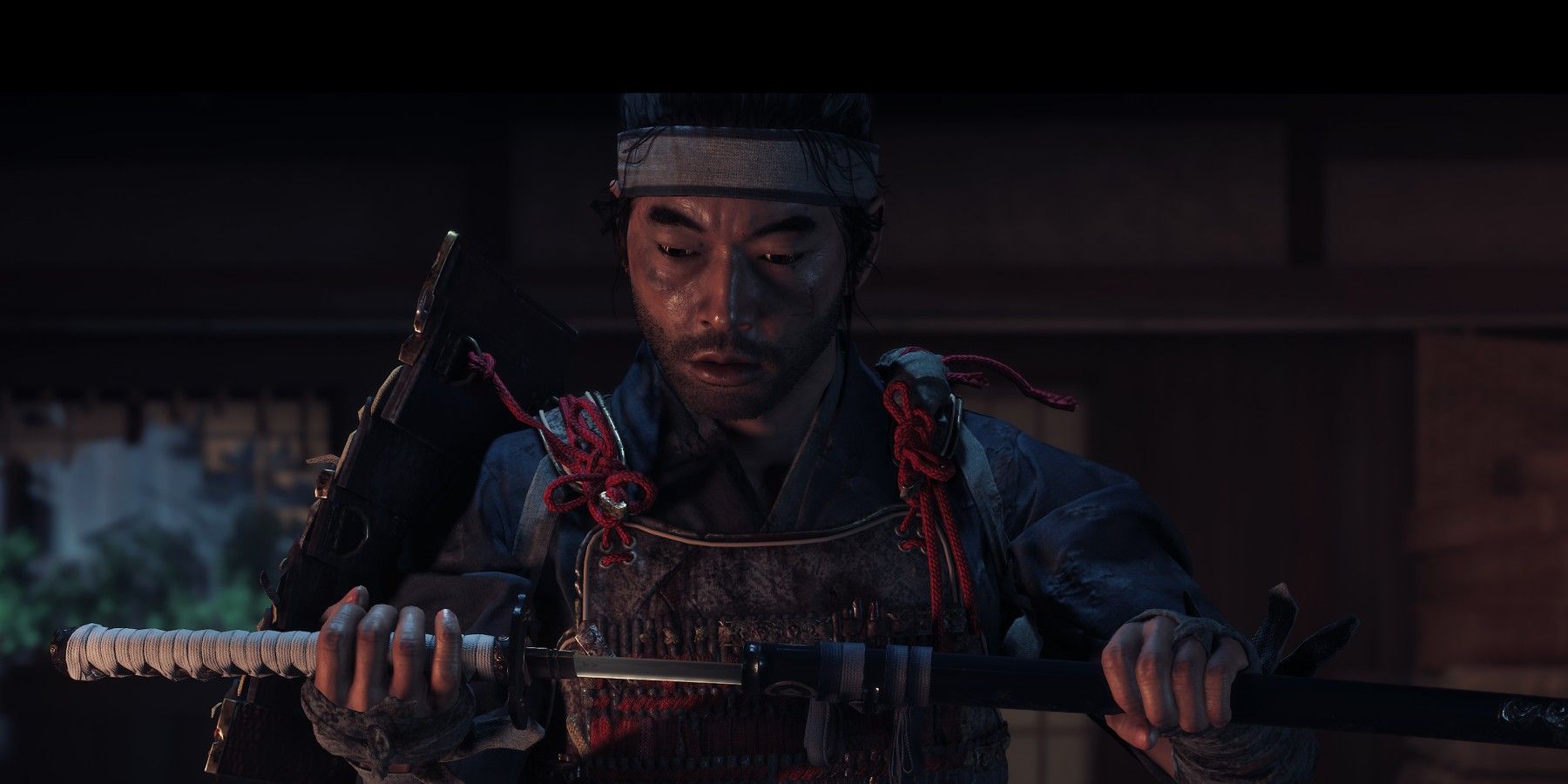Sucker Punch Productions latest entry in the open-world action-adventure genre, Ghost of Tsushima, has piqued the interests of many and is highly anticipated. While recent updates have drawn some ire, such as the announcement that the game will not have waypoints or a traditional HUD system to encourage exploration, the most interesting things about the game isn't its design mechanics. It's the game's setting and historical inspirations.
Ghost of Tsushima is set in the late thirteenth century and takes place on Tsushima Island during the Feudal Era in Japan. Specifically, the game has been noted to take place starting in 1274, a significant year in Japanese history, as it was the beginning of the Mongol Invasion of Japan by Kublai Khan.
The invasion pitted the Samurai against the Mongol Empire, leaving them to defend their feudal lords from the invading forces. The Mongol invasions of this period proved to be major events for both the history of Japan and for the Japanese warriors known as Samurai. This makes it a significant and incredibly interesting time period in which to set an action-adventure game in, something that Sucker Punch seems excited to have done.
In Ghost of Tsushima, Sucker Punch has fictionalized many important elements of this first invasion by the Mongol Empire. The Mongols in the game are led by a man known as Khotun Khan, a fictional representation of Kublai Khan. The island of Tsushima itself also is located north of Japan, which the Mongol's would have needed to conquer first as well in order to continue their quest to conquer the mainland of Japan.
During the real invasion of Japan, Kublai Khan and the Mongols were bested by a hurricane, dubbed by the Japanese as the "Kamikaze," which meant "divine wind." However, Sucker Punch has alluded to the idea that there will not be any divine natural disaster to defend Japan from the Mongol Invasion. Instead, there will be the protagonist, Jin Sakai, the nephew of defending army's leader, Shimura. While a lot of details about the plot or Jin have been announced as of yet, there are rumors that his design, specifically elements of his Samurai sword, are based off of wind and storm depictions. This is a major indication that Jin Sakai will be the stand in for the Kamikaze in Sucker Punch's retelling of the Mongol Invasion.
Jin Sakai might start off as a more traditional Samurai at the beginning of the invasion, but as the title of the game suggests, he will have to forsake his traditional training and combat and adhere to more guerrilla-type combat in order to take down the Mongols. This is both a major departure from history and a huge benefit to the game's combat system. It seems that the game's design and mechanics will be based around stealth combat, something that might prove to be extremely enjoyable to master and also pertain to the supernatural elements of the story that come from Japanese lore.
While most aspects of the game are, by design, intended to be faithful depictions of Japanese history, Sucker Punch has obviously taken some artistic liberties in order to make the game enjoyable to play and explore. That being said, it is truly extraordinary how much care and effort it has put into making this game both historically faithful and exciting in terms of how it will advance the action-adventure genre going forward.
The developers consulted with a variety of cultural experts and historians to ensure that the game accurately depicts feudal Japan, and is even including director's commentary that features a real Japanese historian in special editions of the game. Sucker Punch put a great deal of care respectfully representing Japanese history while also making a mechanically sound game.



